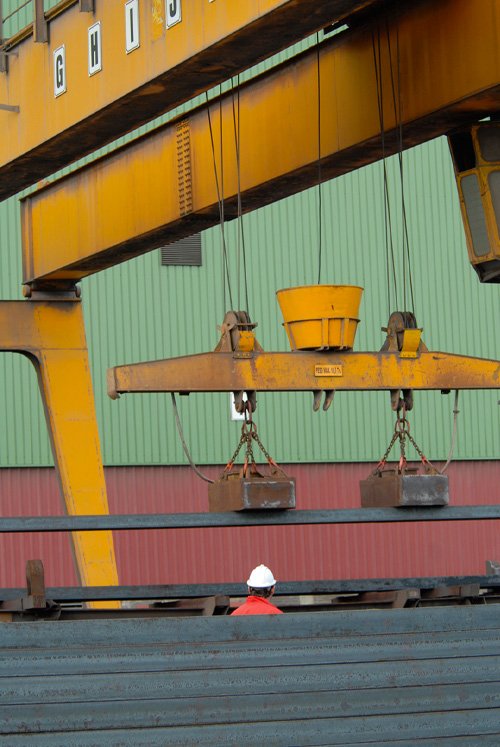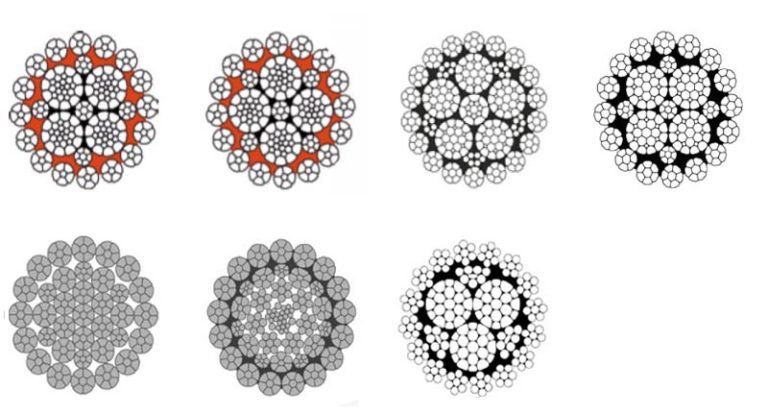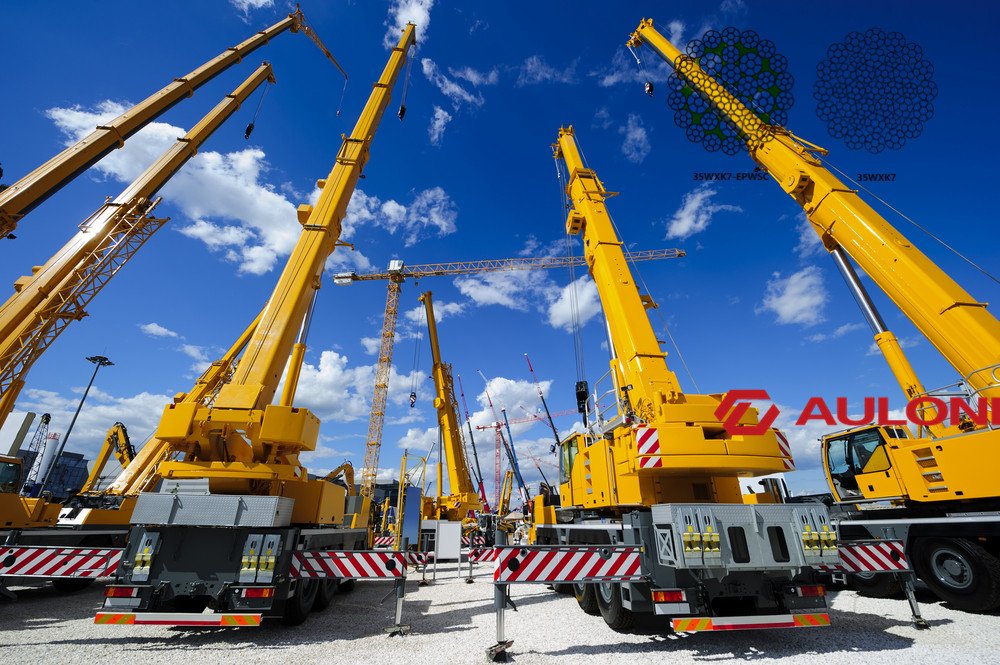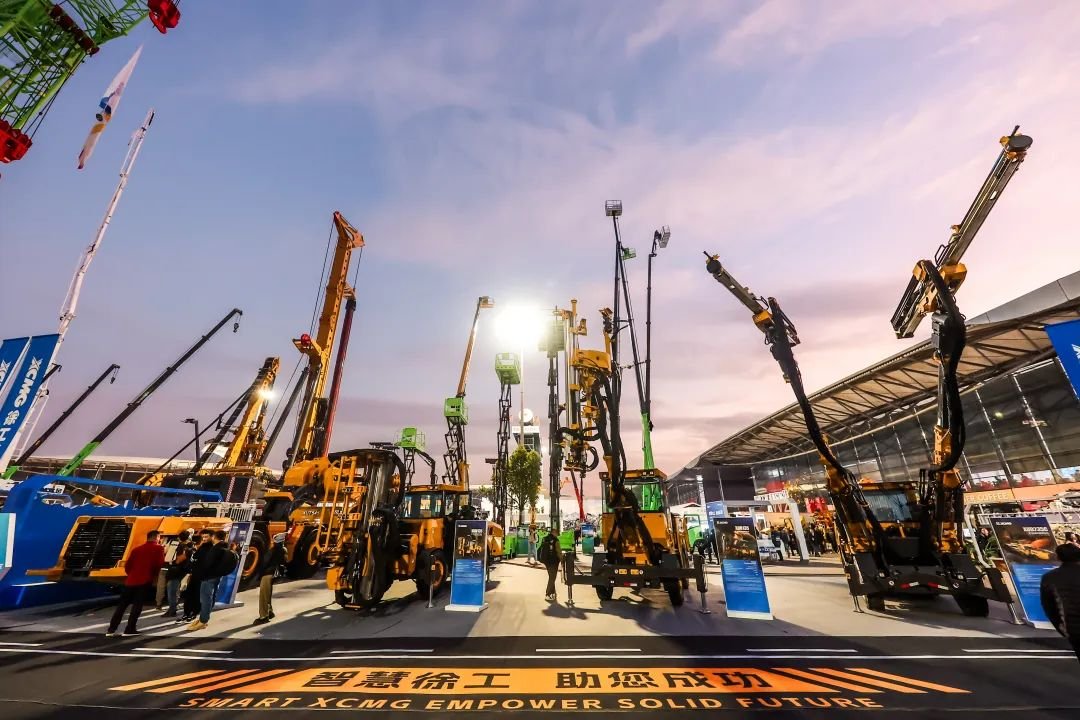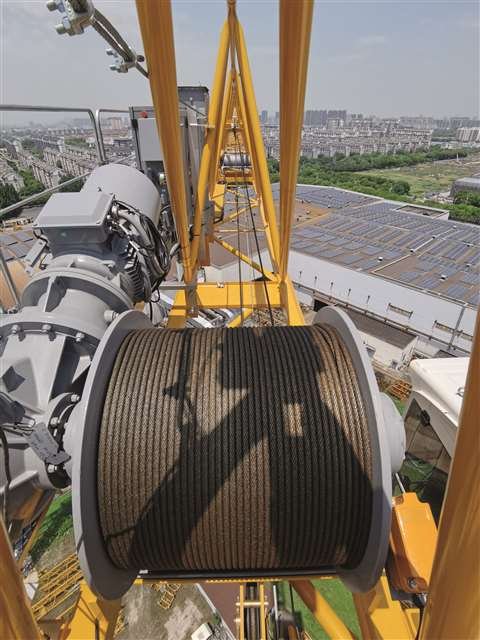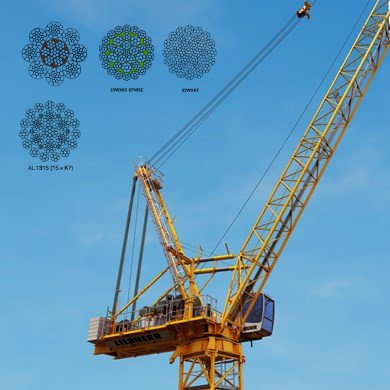Your crane’s load is spinning dangerously. This uncontrolled rotation risks safety and damages equipment. Rotation resistant wire rope is the specific solution designed to prevent this exact problem.
Rotation resistant wire rope is crucial because its special construction counteracts the twisting forces of a suspended load. Multiple layers of strands are wound in opposite directions, ensuring the load remains stable and safe during lifting operations.
I remember a call from a client in Australia. They used a standard rope for a single-fall lift. The load started spinning wildly. It was a close call that highlighted a critical, often-overlooked principle in crane operations.
How Does Rotation Resistant Wire Rope Actually Prevent Load Spinning?
It seems complex, but the idea is quite simple. It’s all about balance and opposing forces. Let’s look at how it works on the inside.
It prevents spinning by using multiple strand layers. The inner layers are wound in one direction, and the outer layer is wound in the opposite direction. These opposing rotational forces, or torques, effectively cancel each other out under load.
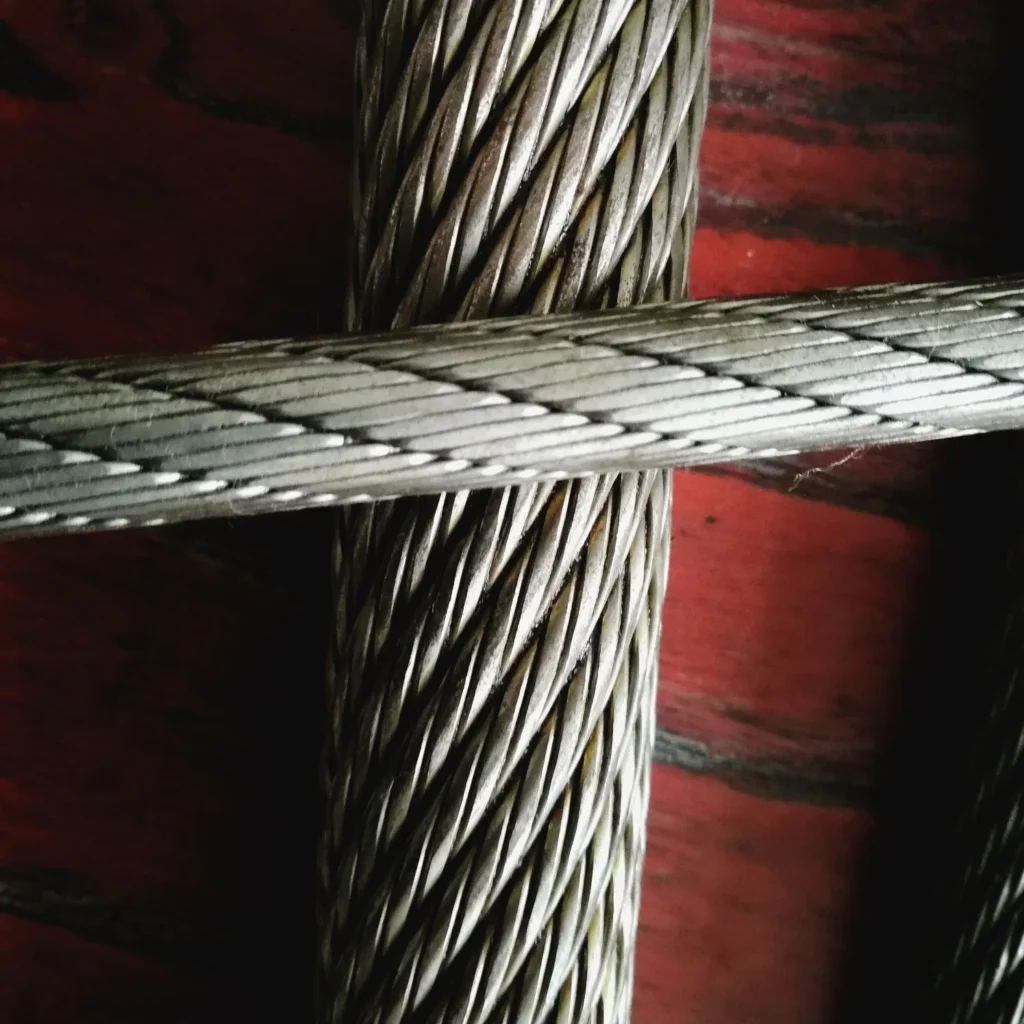
The Principle of Torque Neutrality
When you lift a heavy load with a standard wire rope, the rope naturally tries to unwind. This creates a turning force, or torque. This torque causes the load to spin. For many jobs, a little spin is not a problem. But for others, it’s very dangerous. It can put workers at risk or make it impossible to position the load accurately.
Rotation resistant ropes are designed for torque neutrality. Imagine twisting a cloth in one direction with your right hand and in the opposite direction with your left hand. The cloth stays put. A rotation resistant rope works in a similar way. The inner strands want to twist one way. The outer strands want to twist the other way. Because these forces are in balance, the rope and the load remain stable.
Standard Rope vs. Rotation Resistant Rope
It is useful to see the difference clearly. A standard rope, like a 6x19 or 6x36 construction, has all its strands laid in the same direction. This design is strong and flexible but offers no resistance to spinning. It is simply not made for that purpose. A rotation resistant rope is a specialized piece of engineering.
Here is a simple comparison:
| Feature | Standard Wire Rope (e.g., 6×36) | Rotation Resistant Wire Rope (e.g., 19×7) |
|---|---|---|
| Construction | Strands laid in one direction | Inner and outer strands laid in opposite directions |
| Torque | Generates high rotational torque under load | Generates very low (near neutral) torque |
| Load Stability | The load is likely to spin, especially in a single line | The load remains stable with minimal rotation |
| Primary Use | General hoisting, mooring where rotation is managed | Single-fall crane lifts, high-lift applications |
The Role of Strand Layers
The level of rotation resistance depends on the rope’s construction. More layers generally mean better resistance. A 19x7 rope has two layers of strands. The inner layer might be left-hand lay, and the outer layer is right-hand lay. This gives it good rotation resistance. A 35x7 rope has three layers. This provides even more opposing forces. It is considered “non-rotating” and offers the highest level of stability. This is critical for very high lifts where even a small amount of rotation can become a big problem.
What are the Main Types of Rotation Resistant Wire Ropes?
Not all rotation resistant ropes are the same. Your choice depends on your specific needs. The industry has a clear classification system to guide you.
The main types are classified by their resistance level: Rotation Resistant (like 19×7) and Non-Rotating (like 35×7). Non-Rotating ropes offer the highest stability, essential for high lifts with a single line where any rotation is unacceptable.
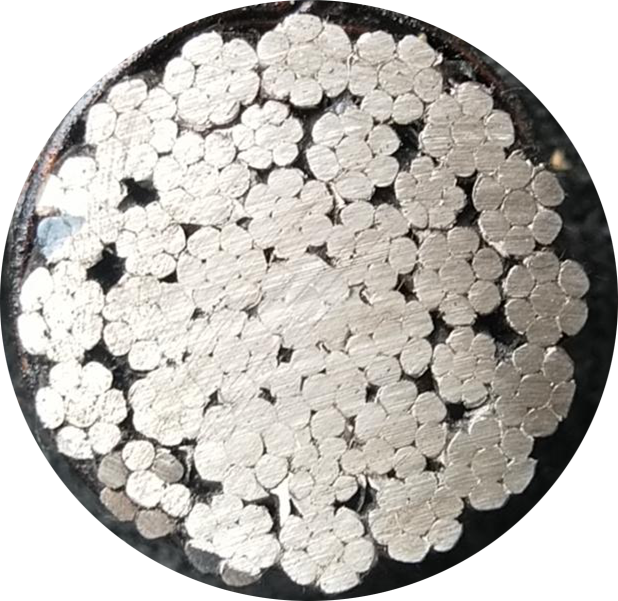
Category 1: Rotation Resistant Ropes
These ropes are the most common type. They have at least two layers of strands, with each layer laid in an opposite direction to the one beneath it. Constructions like 19x7 or 19x19 fall into this category.
They are called “rotation resistant,” not “non-rotating,” for a reason. They significantly reduce spinning but do not eliminate it completely. They work very well for many applications. This includes main hoist lines on mobile cranes and overhead cranes, especially when the lifting height is not extreme. They are also suitable when using multi-part reeving, where the blocks themselves help prevent twisting.
Category 2: Non-Rotating Ropes
These ropes offer the highest level of resistance to rotation. Constructions like 34x7 and 35x7 are in this category. They have three or more layers of strands. The extra layers create a more complex and effective balance of torques.
These ropes are essential for demanding jobs. Think of tower cranes building skyscrapers or any single-part hoist line lifting from a great height. At our factory, Aulone, we produce these high-performance ropes for clients in mining and major construction projects where precision and safety are the top priorities.
A Comparison of Rope Categories
| Category | Construction Example | Rotation Resistance | Typical Application | Key Consideration |
|---|---|---|---|---|
| Rotation Resistant | 19x7, 19x19 | Good | Mobile cranes, factory overhead cranes | Best for lower to medium lift heights |
| Non-Rotating | 34x7, 35x7 | Excellent | Tower cranes, deep shaft mining hoists | Essential for high lifts and single-line use |
Special Variations: Plastic Impregnated Ropes
For some heavy-duty applications, we offer a plastic impregnated (PI) option for our rotation resistant ropes. A special plastic is injected into the rope during manufacturing. It fills the empty spaces between the strands.
This has two main benefits. First, it locks in the factory lubricant and prevents dirt and water from getting in. Second, it reduces the internal friction between the strands. The strands can move more smoothly against each other. This reduces internal wear and can significantly increase the rope’s service life, especially in harsh environments like marine or mining operations.
How Do You Select the Right Rotation Resistant Rope?
Choosing the right rope is more than just picking a construction type. It is about matching the rope’s capabilities to your crane’s operational demands for safety and efficiency.
To select the right rope, you must consider the crane’s design, the lifting height, and the Safe Working Load (SWL). Also, check if you will be using a single-part or multi-part reeving system, as this dictates the required rotation resistance.
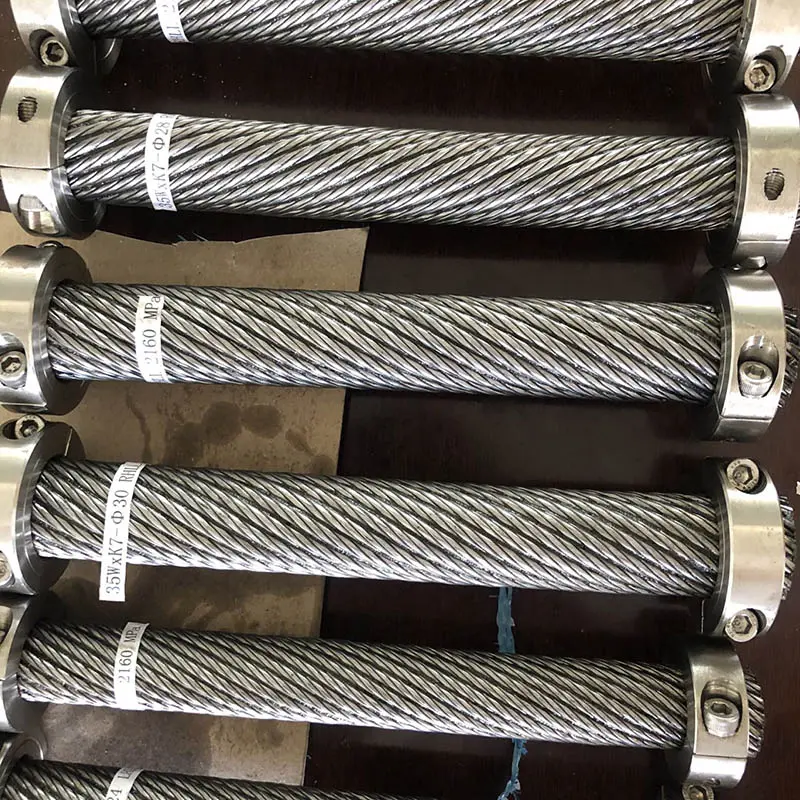
Making the wrong choice can lead to poor performance or even rope failure. I always advise my clients to review these factors carefully. We want to provide a rope that lasts and performs safely.
Factor 1: Lifting Height and Reeving
This is the most important factor.
- High Lifts & Single Line: If your crane lifts a load very high using a single line, you need a non-rotating rope (like
35x7). The longer the rope, the more it will try to unwind. A non-rotating rope is required to keep the load stable. - Lower Lifts & Multi-Part Reeving: For shorter lifts or when the rope is reeved through multiple sheaves in a block, a standard rotation resistant rope (like
19x7) is usually sufficient.
Factor 2: Breaking Strength and Safe Working Load (SWL)
You must know the maximum load your crane will lift. The wire rope’s Minimum Breaking Load (MBL) must be much higher than this. The ratio between the MBL and the Safe Working Load (SWL) is called the design factor or safety factor. For crane applications, this factor is typically 5:1 or higher. This means if your SWL is 10 tons, your rope’s MBL must be at least 50 tons. Never compromise on the design factor.
Factor 3: Drum and Sheave Compatibility
Rotation resistant ropes are more sensitive to drum and sheave sizes than standard ropes. The D/d ratio is the ratio of the sheave (or drum) diameter (D) to the rope diameter (d). If the sheaves are too small, they will bend the rope too sharply. This can damage the rope’s internal structure and cause it to fail early. Always check the crane manufacturer’s recommendations for the correct D/d ratio. Using a larger sheave is always better for rope life.
A Quick Selection Guide
Here is a table to help you think through the selection process.
| Consideration | Question to Ask | Why It Matters |
|---|---|---|
| Operation | What is the maximum lifting height? Is it a single line? | High, single-line lifts require non-rotating ropes to prevent spinning. |
| Load | What is the maximum load (SWL) I need to lift? | Determines the required Minimum Breaking Load (MBL) of the rope. |
| Crane Hardware | What is the diameter of my drums and sheaves? | Incorrect D/d ratio will damage the rope and reduce its service life. |
| Environment | Will the rope be used in a corrosive environment? | May require a galvanized or plastic-impregnated rope for protection. |
Why are Standards like EN12385-4 and Certifications So Important?
Price is always a factor, but quality and safety are non-negotiable. Certifications are not just papers; they are your guarantee of performance and safety compliance.
Standards like EN12385-4 define the minimum requirements for safety, materials, and construction. Third-party certifications (like ABS, DNV, CE) verify that a specific rope actually meets or exceeds these standards, ensuring reliability and traceability.
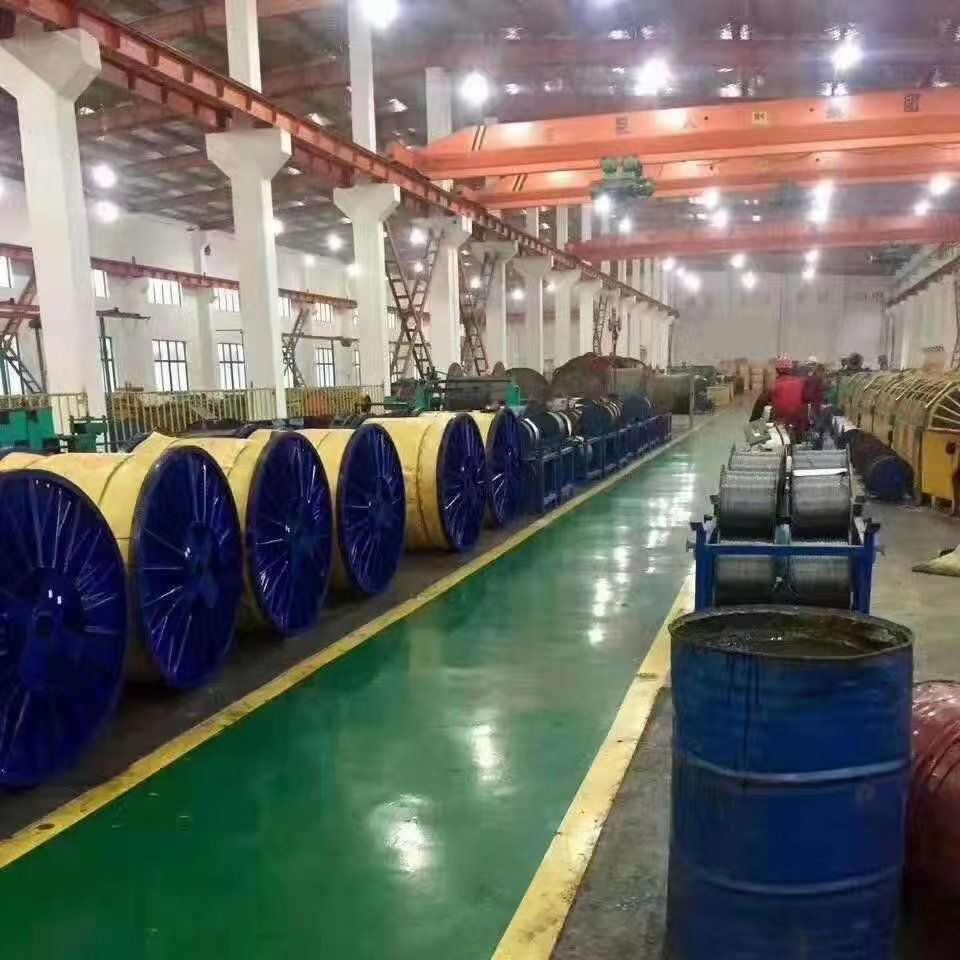
I’ve had conversations with purchasing managers who were tempted by a low price from an uncertified supplier. I always explain that the small initial saving is not worth the huge risk. A failed rope can cause millions in damages and, worse, injure people.
Understanding EN12385-4
This is the key European standard for steel wire ropes for general lifting applications, including crane ropes. When a rope is compliant with EN12385-4, it means:
- The raw materials (the steel) meet specific quality criteria.
- The manufacturing process is controlled and documented.
- The finished rope has been tested to meet specific requirements for diameter, construction, and minimum breaking force.
Our ropes at Aulone are manufactured to be fully compliant with this standard. It is the baseline for quality.
The Role of Third-Party Certifications
While a manufacturer can state compliance with a standard, an independent certification provides an extra layer of trust. A third-party body, like Bureau Veritas (BV) or Det Norske Veritas (DNV), sends an inspector to witness the tests. They then issue a certificate for that specific rope or batch. This proves that the rope did what it was supposed to do under testing.
This is especially important for our international clients. For example, a customer in the marine industry in Singapore will require an ABS or DNV certificate. A client in Russia may need an RMRS certificate. We can provide these certifications because we are confident in our product quality.
Common Certifications for Wire Ropes
| Certification | Issuing Body | Primary Industry Focus |
|---|---|---|
| CE Marking | Manufacturer’s Declaration | General products sold within the European Economic Area |
| DNV | Det Norske Veritas | Maritime, Oil & Gas, Energy |
| ABS | American Bureau of Shipping | Marine and Offshore |
| BV | Bureau Veritas | Marine, Industry, Construction |
| RMRS | Russian Maritime Register of Shipping | Shipping and equipment for the Russian Federation |
The Danger of Uncertified Ropes
An uncertified rope comes with no guarantee. It might be made from inferior steel. It might not have the stated breaking strength. It could have hidden defects from poor manufacturing. Using such a rope is a gamble. In the world of heavy lifting, we should never gamble. Verified quality through certification is the only way to ensure peace of mind.
Conclusion
In summary, choosing the right certified rotation resistant wire rope is a critical decision. It directly impacts the safety, stability, and efficiency of your crane operations.

